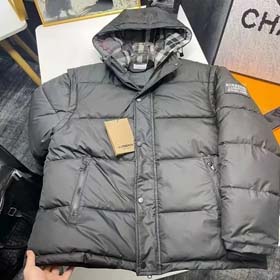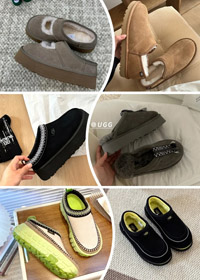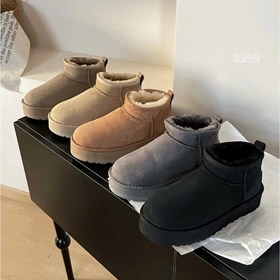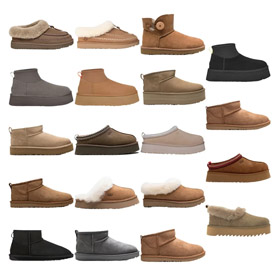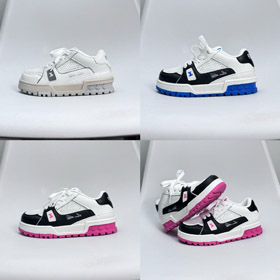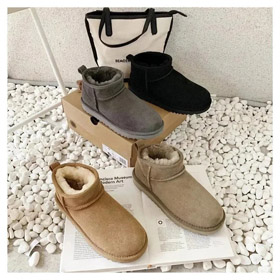For fashion resellers on Oopbuy, accurately tracking expenses and profits for luxury items like Prada is crucial. By leveraging a well-structured Oopbuy spreadsheet, you can streamline cost核算 (cost accounting) and profit analysis—turning raw data into actionable pricing strategies. Here’s a step-by-step guide to maximizing efficiency.
1. Building a Comprehensive Cost-Profit Template
Start by creating columns for:
- Procurement Costs:
- Shipping Fees:
- Taxes/Duties:
- Platform Commissions:
- Shipping Fees:
Pro Tip:=SUM(B2:D2)
Integrate dynamic formulas to track profitability: Color-code cells to highlight high (green) or low (red) margins for visual analysis. If a Prada handbag’s total cost is $1,200 with a target 30% margin: Apply spreadsheet filters to: Integrate汇率 (exchange rate) APIs like Google Sheets’ By implementing these spreadsheet techniques, Oopbuy resellers can transform raw Prada purchase数据 (data) into a profit-maximizing engine. For advanced templates, visit Oopbuy’s official site
2. Automated Profit Margin Calculation
3. Strategic Pricing Adjustments
4. Filtering High-Performance Items
5. Real-Time Currency Conversion
=GOOGLEFINANCE()
Optimize Your Oopbuy Workflow Today













